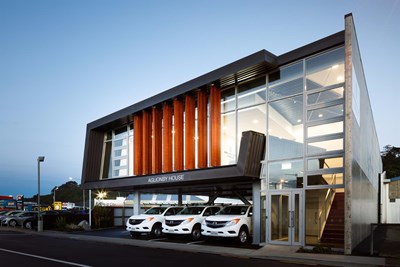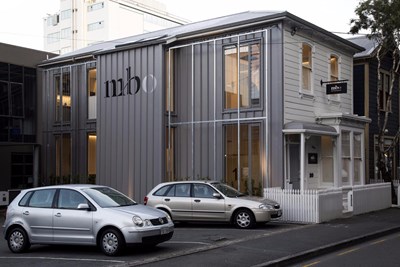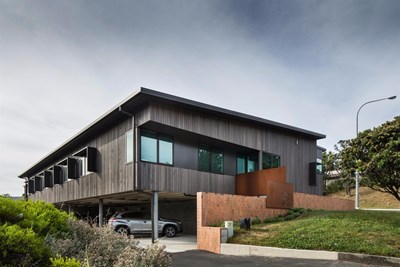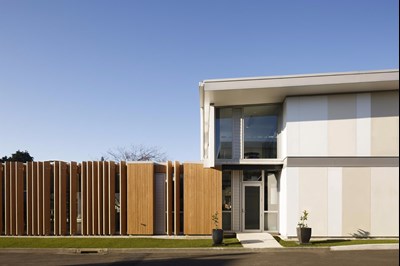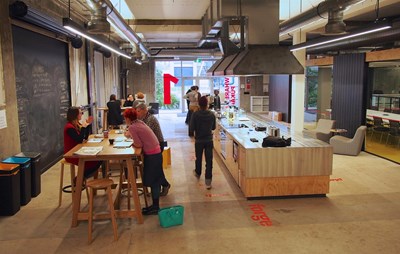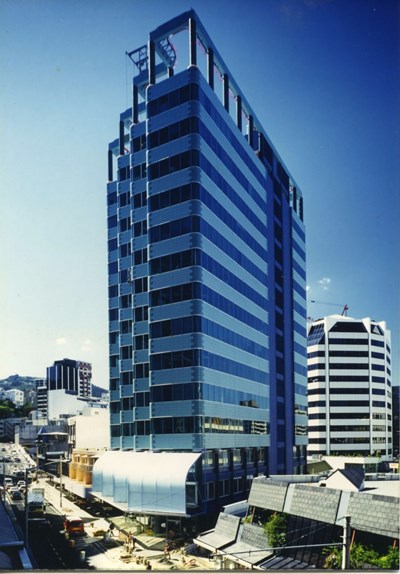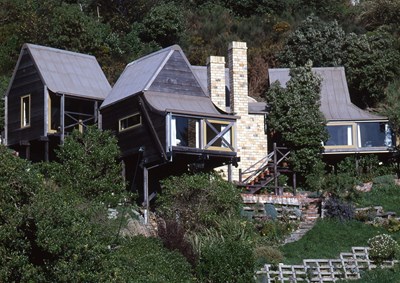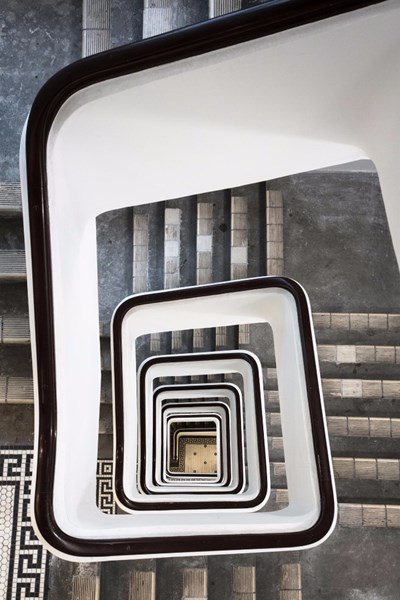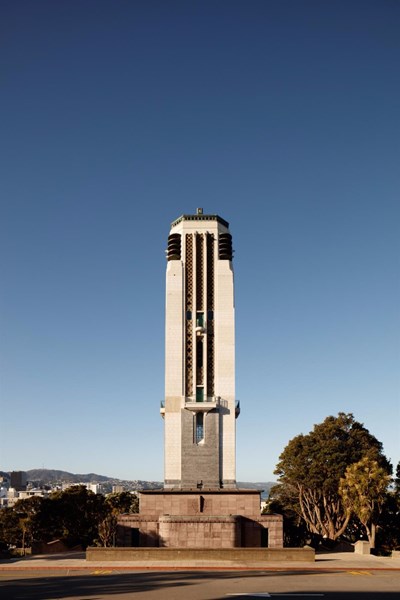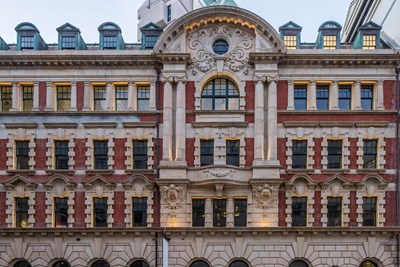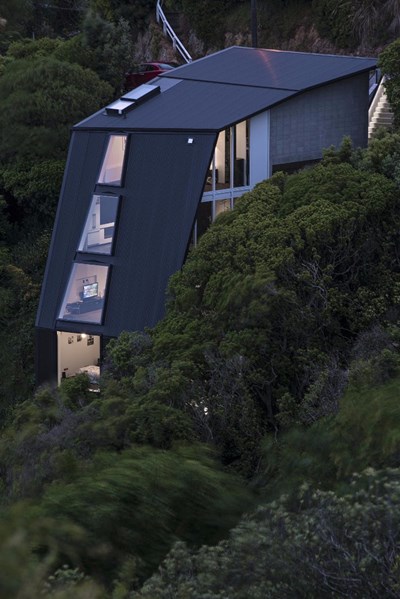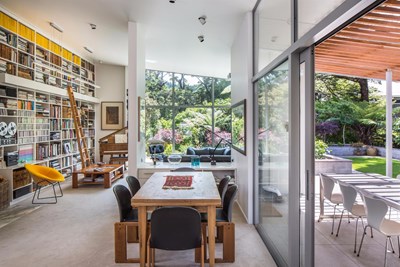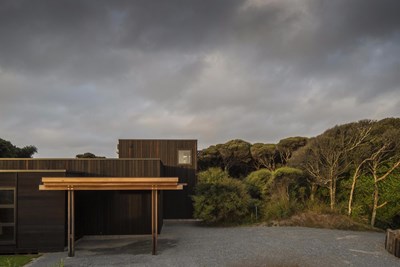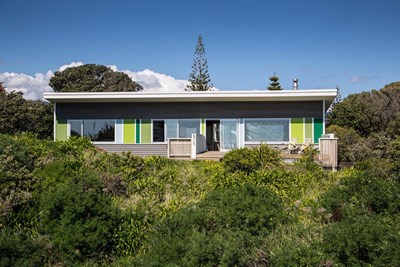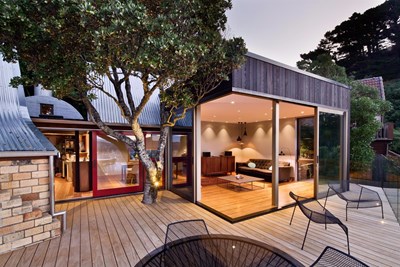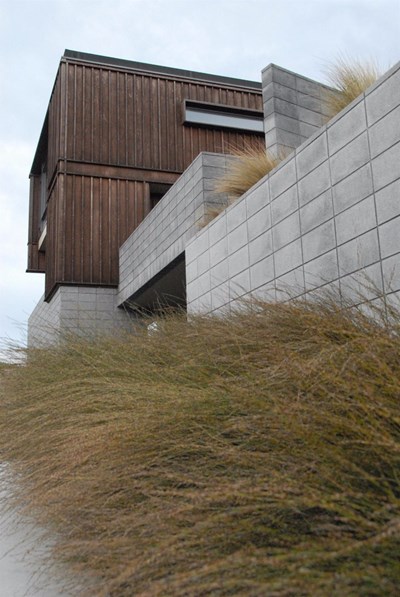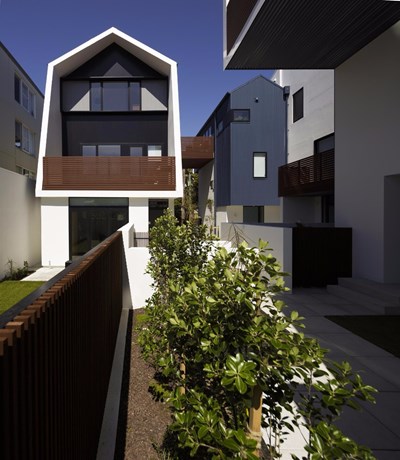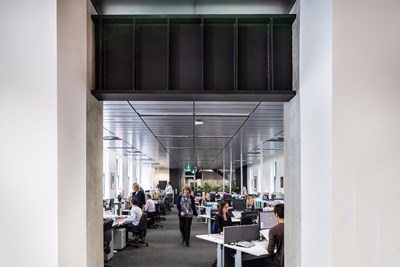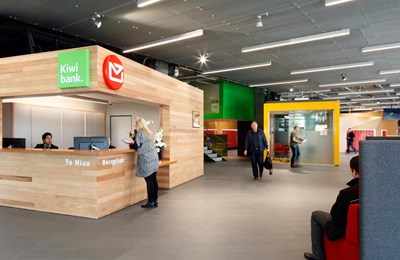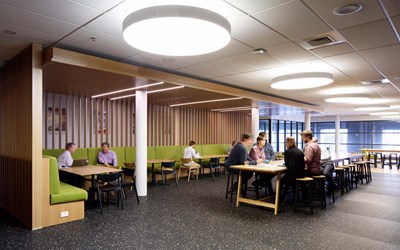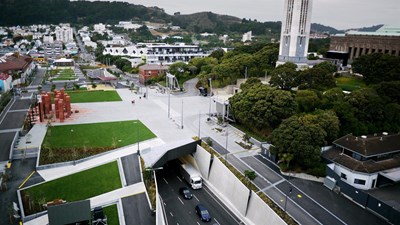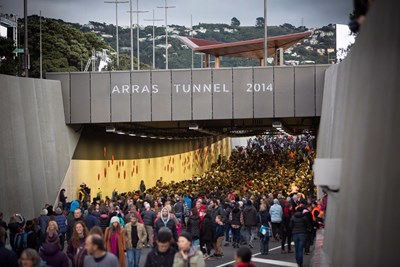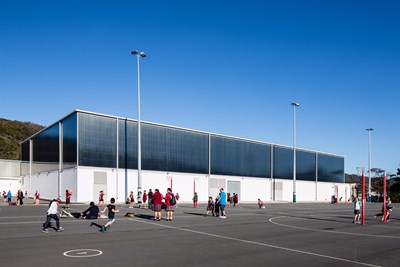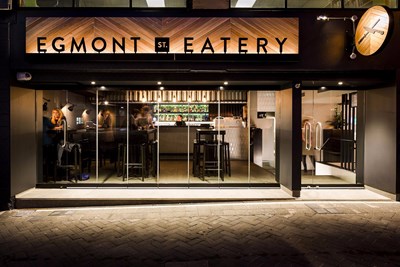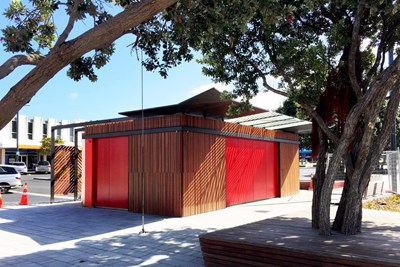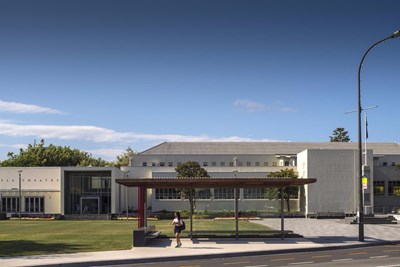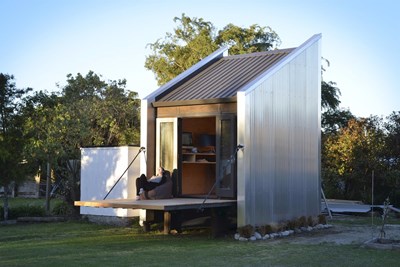From restoration and earthquake strengthening to adaptation for contemporary needs, the 2016 Wellington Architecture Awards showcase impressive ways to handle older buildings.
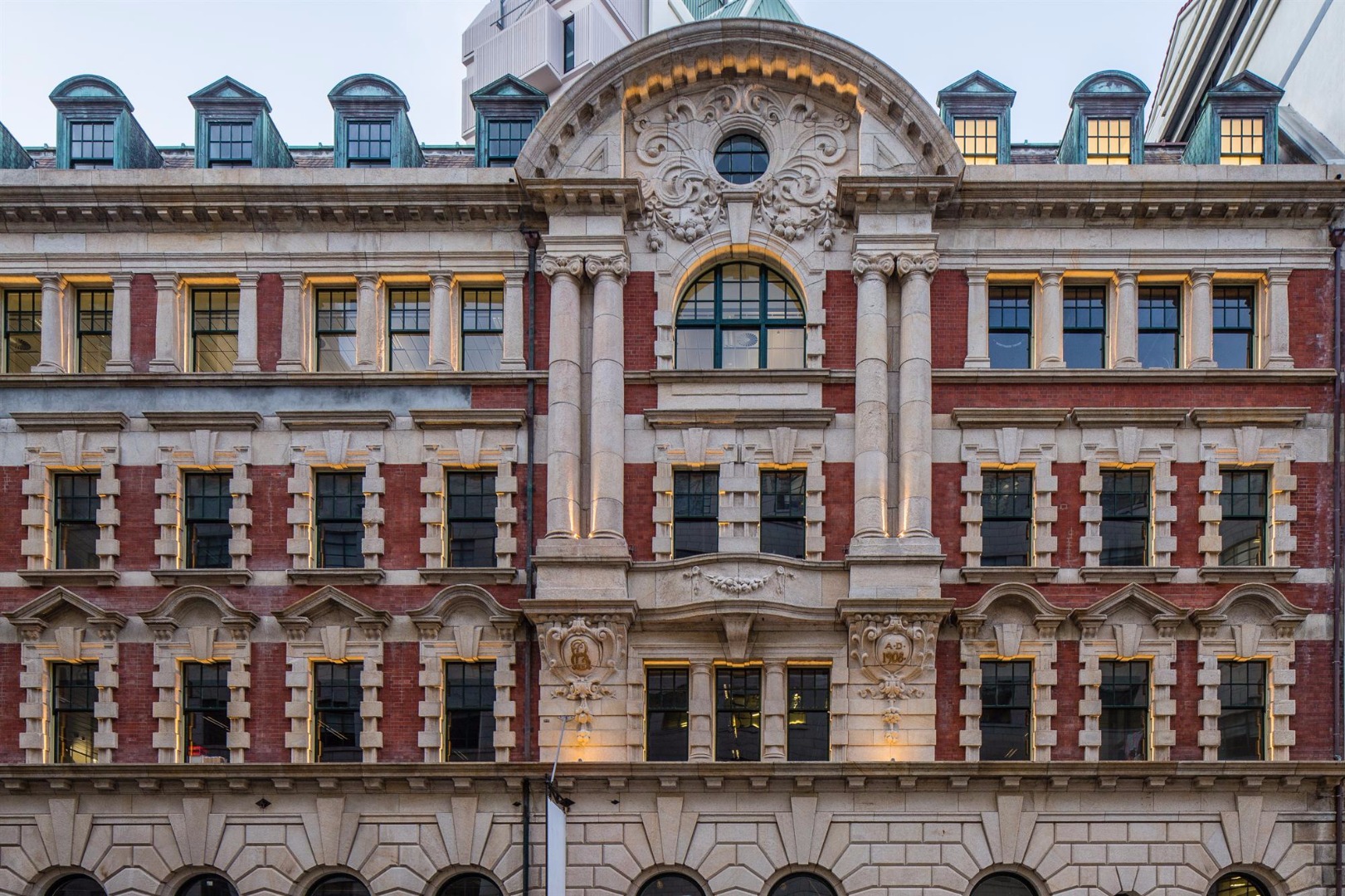 Public Trust Building, refurbished by Warren and Mahoney.
Public Trust Building, refurbished by Warren and Mahoney.
Thirty-one awards were made at the Wellington Architecture Awards event at National Library Wellington on Wednesday 4 May. The convenor of the awards jury, architect Geoff Fletcher, said the winning entries in the peer-reviewed awards programme, which is conducted by the New Zealand Institute of Architects, set the standard for good architecture in Wellington and nearby regions.
“These successful projects illustrate the rewards of close collaboration between clients, architects, engineers and builders,” Fletcher said.
“In many instances, smart decisions were made very early on, and this provided a platform for achieving excellent results despite the complexities and challenges of many of the award-winning projects.”
Four awards fell specifically into the heritage category. An “impeccable” restoration and strengthening of the Carillon and Hall of Memories has resulted in almost imperceptible changes to these important national war memorials. The work is a testament to the skill of architects Studio of Pacific Architecture, and everyone involved in the project, the jury said.
With great guile, the jury said, Warren and Mahoney has undertaken the refurbishment and strengthening of the category 1-listed Public Trust Building (1908).
“This work successfully preserves the character of the building and creates very attractive mixed-use tenancies,” Fletcher said.
At the Hope Gibbons Building on Taranaki Street, Tennent + Brown Architects have achieved a “logistic tour de force” the jury said. “The result will ensure a lasting role for this building in Wellington’s future”.
And The Attic, at Wellington Museum, has benefitted from a thoughtfully considered renovation by Athfield Architects. “Although much has been added in the process of renovation of one of Wellington’s cherished buildings, the interventions are seamless and subtle,” the jury said.
In the Awards’ planning and urban design category, the sole award went to Pukeahu National War Memorial Park, which was described by the judges as “urban repair work which balances heritage values with a key piece of urban infrastructure”.
The park, designed by Wraight Athfield Landscape + Architecture, also received an award for public architecture, with the judges noting the importance of the setting in relation to the Carillon: “These magnificent grounds finally provide the National War Museum with a setting appropriate to its significance.”
In the interior architecture category, the judges also acknowledged a number of successful reconfigurations of existing buildings.
Warren and Mahoney received two interior awards for projects commissioned by the Ministry of Culture and Heritage (MCH) and the Ministry of Education MOE). For the MCH, Warren and Mahoney achieved “a high quality fit-out, with a smart stair atrium linking four floors,” the jury said.
Warren and Mahoney’s work in the MOE’s building is, the jury said, “apologetically up-to-the-second”, with publicly accessible open-plan ground and first floors.
The jury praised Jasmax’s “highly original makeover” of New Zealand Post House. Based around an internal street, the building performs a public service by providing “an interior alternative to gusty Waterloo Quay”.
On a smaller scale, James Fenton Architect provided NZ Funds with a “graceful” and “good humoured” fitout, while Herriot + Melhuish Architecture’s redesign of NZX’s office space includes a “lofty main workspace, with delightful old timber at the edges, which is particularly spectacular”.
In the commercial architecture category, a reworked and extended heritage cottage designed by Atelierworkshop is, the jury said, “tightly planned and action packed”.
This year, two Enduring Architecture Awards (awards that recognise the continuing value of buildings more than 25 years old) were also conferred. In a testament to the late Sir Ian Athfield’s lasting influence on the city, both Enduring Architecture Awards went to Athfield Architects projects.
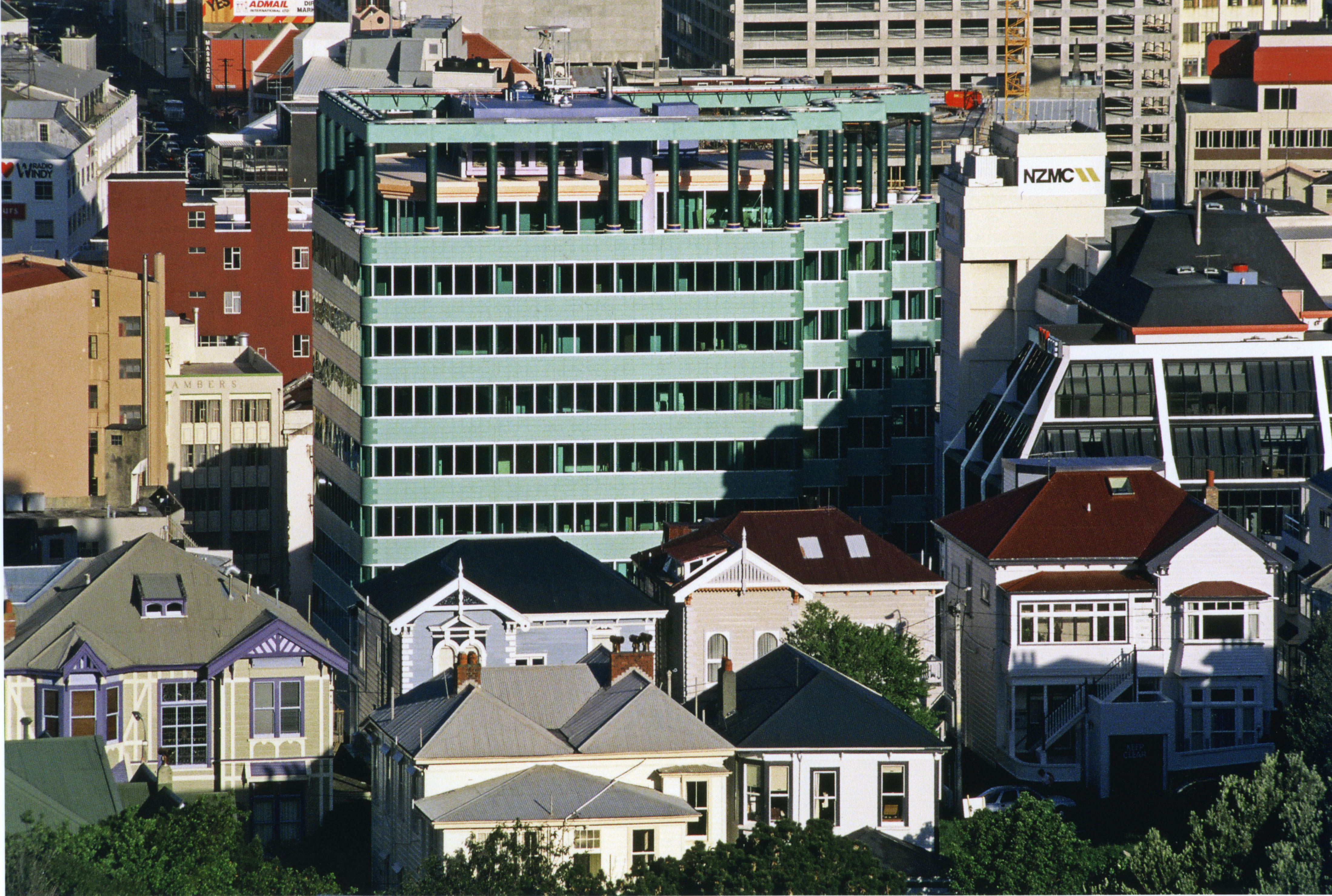 Telecom House, Athfield Architects.
Telecom House, Athfield Architects.
The distinctively green-tiled Telecom House (1989) was described as “a building that has made a huge contribution to Wellington’s cityscape for over a quarter of a century”. Elder House (1976), a private home, is noted for its “twin, high-brick chimneys, which punctuate the design with their famous gesture to the city”.
Coincidentally, Elder House, which now goes under the name of Palliser Road House, also won an award for a sympathetic alteration and extension conducted by John Mills Architect. It is, the jury said, “a house with a great past and a great future.”
While heritage architecture featured strongly in this year’s Wellington Architecture Awards, the judges also praised many contemporary buildings. In Mt Victoria Zavos Corner, by Parsonson Architects, faced a very difficult consenting process, but the resulting multi-unit design is a “brilliantly composed and realised complex and a visual asset for the city”.
“Zavos Corner should be an exemplar for multi-unit design in other New Zealand cities.”
Warren and Mahoney’s fourth award was for the Walter Nash Centre in Taita. “Careful, pragmatic and well-planned to make best use of hard-earned funding,” the building is also “infused with fresh thinking”.
A number of houses also received awards. One, the 45 Degree House, which seems to be hung from a steep embankment, was described as a “truly gutsy architectural and structural concept that takes an exceptionally challenging site and makes great use of the city location and views it offers”.
All winners of 2016 Wellington Architecture Awards are listed below. These projects are eligible for shortlisting in the New Zealand Architecture Awards, which will be decided later in the year, and announced in November.




